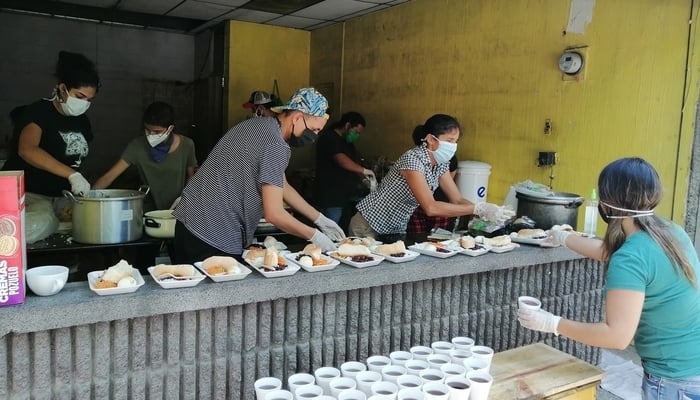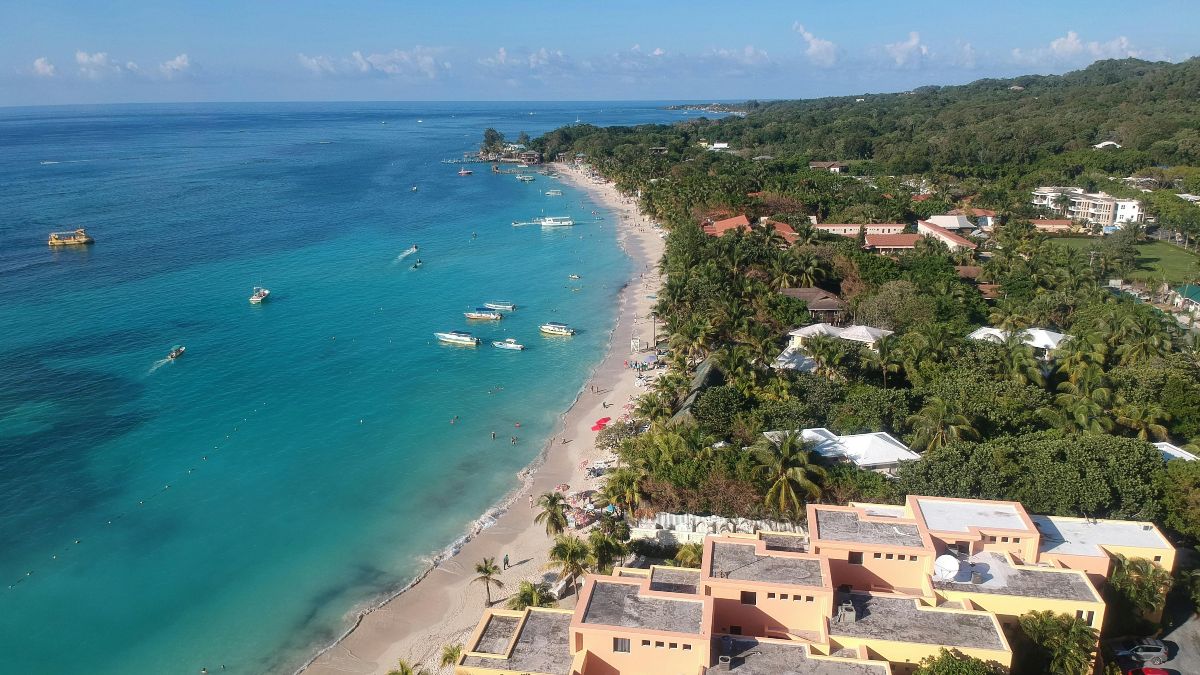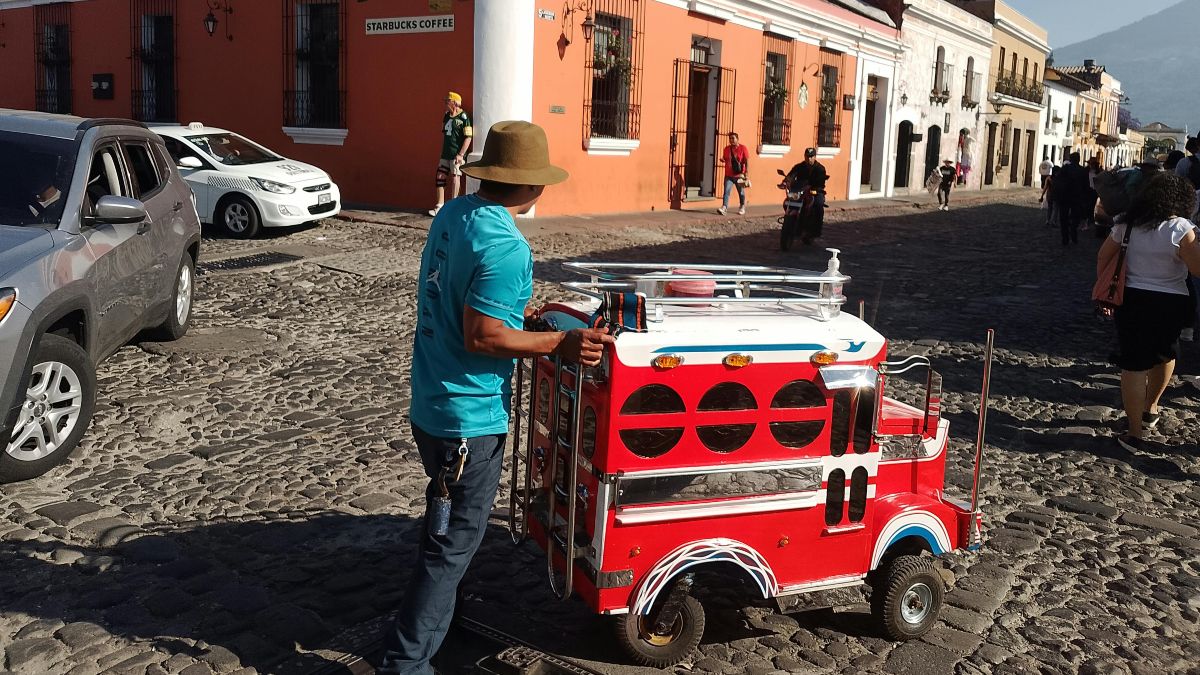Guatemalan economist Nestor Quixtan looks at the new coronavirus economy in Central America.
The COVID-19 crisis has led governments around the world to take unprecedented action.
Outside of a handful of outliers, just about every country in the world has closed its borders, shut down its economies, and compelled its citizens to stay at home to stop the virus from spreading.
These actions have led the planet into the Great Lockdown state and there are real ramifications from them occurring in the real world.
Here in Guatemala, the government decided to shut everything down before confirming a single case of COVID-19. This preventive action has likely saved thousands of lives.
It’s worth noting, however, that the vast majority of confirmed cases in Guatemala have come from the United States by way of deportees.
At the time of writing, the Guatemalan government has confirmed 316 cases and 8 deaths. While these numbers pale in comparison to those seen in Italy, Spain, and New York, the fact is they could be a lot worse.
We @latimes reported on the ground March 17 when Guatemala became the first country to refuse deportation flights from the US amid fears the Trump administration could export coronavirus to the vulnerable and relatively unaffected region: https://t.co/Cvta08A9VP
— Molly O’Toole (@mollymotoole) April 20, 2020
But the question begs, at what cost?
Human lives have no price, of course. But still, the economic cost that stems from the Great Lockdown is worth considering. A recent publication by the International Monetary Fund (IMF) forecasts a gloomy picture for Central America.
All told, the IMF is forecasting negative growth for the entire region in 2020. They expect Central America as a whole to show -5.2% growth with Guatemala and Panama both falling by -2%. Costa Rica is expected to shrink by -3.3% and Honduras by -2.4%. El Salvador figures to be hit hardest at -5.4% growth. There’s no reliable information on Nicaragua.
It’s important to note that two factors drive the economies of the Northern Triangle nations in Central America (Guatemala, El Salvador, and Honduras): Remittances from migrants working in the United States and domestic consumption.
IMF sees ‘lost decade’ of no growth in Latin America due to pandemic https://t.co/s2SII35BVG pic.twitter.com/XtBwWAke98
— Reuters (@Reuters) April 17, 2020
Remittances, in particular, have practically ground to a halt as the United States faces the direct consequences of the pandemic.
First-quarter figures expect to reveal a devastating effect on the US economy while second-quarter data should reveal the worst figures since the Great Depression.
Needless to say, a slow US economy does not bode well for remittances. As these dry up, so does the purchasing power of households in Central America. This, in turn, limits the ability of these households to consume domestic products and services.
To combat this, El Salvador has taken aggressive action like deferring mortgage payments and guaranteeing basic services for all households. But this is a temporary measure that can only provide temporary relief.
Indeed, each Central American government has tried its best to ensure families don’t go hungry and public health infrastructure can keep up with the demands of the COVID-19 epidemic. But these are poor countries and government efforts, no matter how well-intentioned, are not enough.
These scenes from El Salvador are gutting. For so many, like this poor woman, staying home = slow starvation. People are desperate to collect $300 the govt promised.
“Stay home, they say. But what are we going to eat? What are we going to eat? At home I don’t even have beans” https://t.co/76ylZZ7z7C
— Esmeralda Bermudez (@BermudezWrites) March 31, 2020
In Costa Rica, the toughest pill to swallow has been the paralyzation of the world’s tourism industry.
Given that Costa Rica’s tourism sector is made up largely of small and medium-sized businesses, an extended lockdown will make it almost impossible for all these companies to survive.
Even with generous government bailouts, there’s no telling how long these companies can keep their heads above water.
Amid this desperate situation, there is a ray of hope.
The IMF is forecasting above-trend growth for 2021.
Guatemala is expected to grow 5.5% next year, El Salvador 4.5%, Honduras 4.1%, Panama 4%, and Costa Rica 3%. While this is certainly optimistic, it remains to be seen if this growth is enough to make up for the ground lost in 2020.
Take these IMF projections with a pinch of salt, though. Central American economies are largely cash-based. This means many transitions in this part of the world happen at an informal level, meaning governments can’t track them.
We’re seeing more and more economic activity occurring outside of a formal business environment. It’s this “informal economy” that has kept the Central American countries from collapsing under their own weight.
This has been a significant lifeline that has kept both the supply chain moving while generating income for many families.
We’re not focused on the economy over public health in Central America. But in a region without the social safety nets of the developed world, the two are inextricably intertwined. We’re open to suggestions.https://t.co/cjV8wclHrA pic.twitter.com/hAZBGnraoP
— CentralAmericaLiving (@VidaAmerica) April 20, 2020
Ultimately, it remains to be seen just how long Central American societies can go on amid the lockdown.
Some estimations consider that most restrictions may be lifted by late June. Others estimate that social distancing and self-isolation measures will be enforced until mid-2021. Naturally, the longer Central America enforces these restrictions, the harder it will be for us to recover from this crisis.
But there is one important factor that the IMF did not take into consideration, that is, the resiliency of the Central American people, from Panama to Belize.
Central America, as a region, has been through quite a lot throughout its history.
From devastating natural disasters to war, this region has been characterized by hardworking folks who are willing to do what it takes to feed their families and build their nations.
I’m confident that no matter how long this takes, Central America and its people will rise up to the challenge once again.
Nestor Quixtan is a Canadian/Guatemalan economist, linguist, and writer. He lives in Guatemala City.




